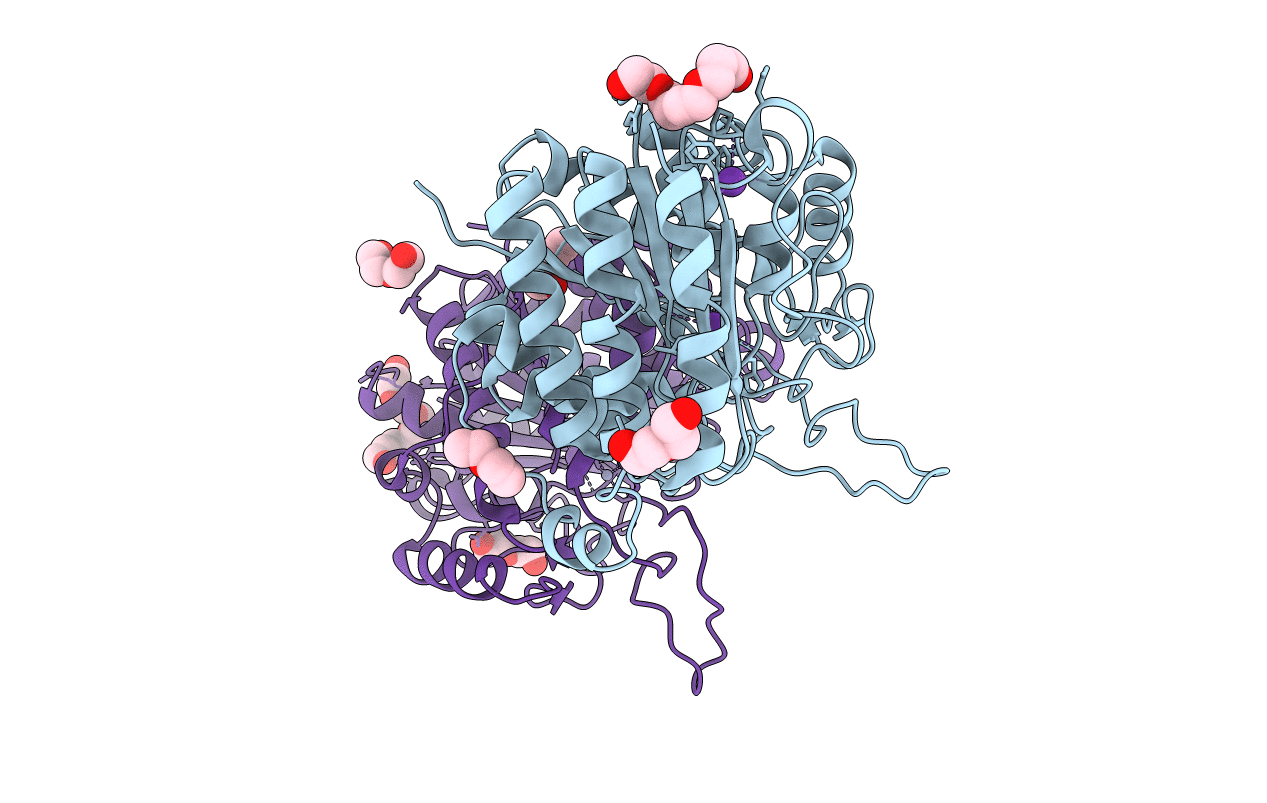
Deposition Date
2016-03-24
Release Date
2017-04-12
Last Version Date
2024-01-10
Method Details:
Experimental Method:
Resolution:
1.70 Å
R-Value Free:
0.19
R-Value Work:
0.15
R-Value Observed:
0.15
Space Group:
P 42 21 2


